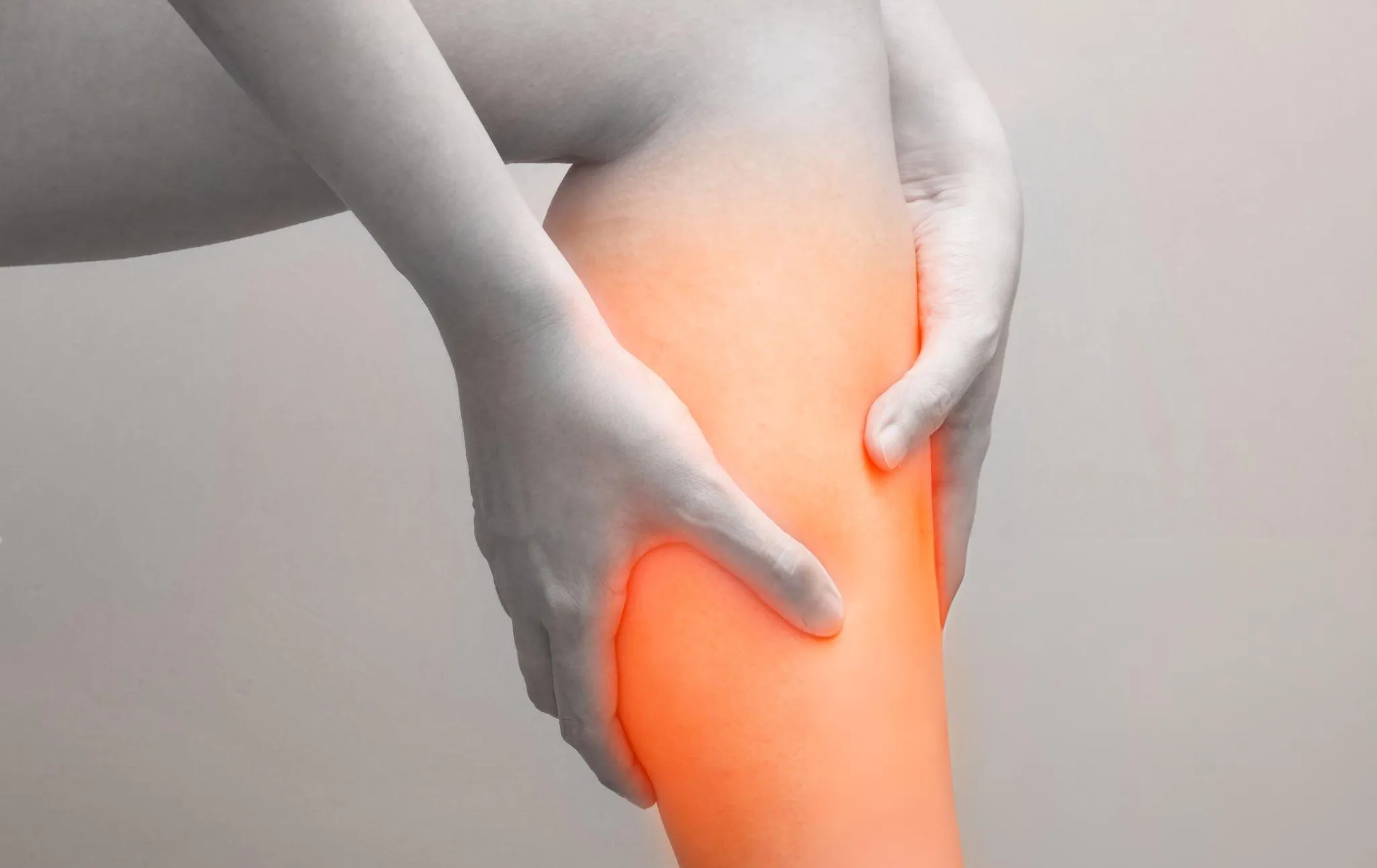Type 1 diabetes is a condition in which the immune system assaults and destroys the pancreas’s insulin-producing cells named beta cells. As a result of the disease, the body produces extremely little or no insulin. It is unknown what causes this, although it seems to be a combination of environmental as well as genetic factors.
However, despite the fact that type 1 diabetes may affect individuals of any age, it is most often diagnosed in children. Juvenile diabetes was formerly referred to as such since it was so often diagnosed in teenagers and young adults at the time. The daily injection of insulin into the bodies of type 1 diabetes patients is required in order to maintain control over their blood glucose levels. Those suffering from type 1 diabetes will die if they do not have access to insulin.
The body is unable to absorb sugar (glucose) and use it for energy. As a result, extra sugar accumulates in your circulation. Patients with poorly controlled diabetes are in danger of having serious consequences, including damage to a number of organs and tissues throughout their body, including the heart, kidneys, eyes, and nerves.
Diabetes mellitus type 1 vs type 2
Diabetes type 1 is an autoimmune disease affecting the pancreas. Cells secreting insulin are completely destroyed, thus it fails to produce insulin on its own. It differs with type 2 as islet cells continue to operate properly in type 2 diabetes. On the other hand, there is insulin resistance.
Causes
The body’s own immune system, which is usually responsible for fighting dangerous germs and viruses, has been known to be involved in the mechanism of type 2 diabetes. It unintentionally kills the cells that produce insulin in the pancreas on occasion. It is possible that hereditary or environmental variables are responsible for this. A variety of environmental factors, such as viruses and other irritants, may negatively affect one’s health. After a substantial proportion of insulin-producing islet cells have died, the body will be unable to generate any insulin. Insulin is a hormone that circulates throughout the body, enabling glucose to enter cells and thus aiding in the lowering of blood sugar concentrations. It is produced by the pancreas and distributed throughout the body.
Diabetes type 1 is linked with a number of risk factors, some of which are well-known:
- Genetics and family history: Individuals who have a parent with diabetes mellitus type 1 have a higher chance of getting the disease themselves.
- Genetic Factors: When specific genes are present, there is a greater chance of type 1 diabetes problems.
Symptoms
While the symptoms are usually minor, they may become worse. The following are some of them:
- Excessive thirst
- Appetite increase
- Vomiting and stomach distress
- Excessive Urination
- Amplified hunger
- Weight loss
- Fatigue
- Perplexing vision
- Breathing that is difficult and heavy
- Frequent occurrence of infections of the skin, urinary tract, or vaginal area
- Mood swings or angry outbursts
Listed below are the indications and symptoms of a type 1 diabetes emergency:
- Uncertainty as well as tremors
- Breath with a fruity smell
- Fast breath
- Unconsciousness and confusion
Diagnosis
Following are the lab tests performed to diagnose diabetes type 1:
- HbA1C: This diabetes diagnostic test may reveal the average blood sugar level over the last three months if you have been diagnosed with diabetes. This test determines the amount of blood sugar that is linked to the protein present in RBCs. High blood glucose levels are associated with a high concentration of sugar-attached hemoglobin in your blood. When the result of two independent tests is 6.5 percent or above, it is determined that the patient has diabetes.
- Random blood sugar: It will be necessary to collect blood samples at random intervals in order to monitor glucose levels in the blood. The existence of diabetes is evidenced by a blood sugar level of 200 mg/dL, which is significant when coupled with one or more of the diabetic clinical symptoms associated with the disease.
- Fasting blood sugar: The sample will be taken the next morning after the subject has fasted the previous night. Having a blood glucose level of less than 100 mg/dL is regarded to be “normal.” Prediabetes means having a glucose level between 100 and 125 mg/dL. The presence of diabetes may be confirmed if your glucose level is 126 mg/dL or higher on two independent tests.
If you have been diagnosed with type 1 diabetes, a blood test may be ordered to screen for autoantibodies, which are prevalent in the disease. If your doctor is unsure if you have diabetes, these tests may assist. Ketones are metabolic waste products, and their presence in the urine indicates that you have type 1 diabetes rather than type 2.
Treatment
Following are the treatment approaches for managing this condition:
- Insulin must be administered.
- Keeping track of carbohydrate, fat, and protein intake
- Blood sugar levels should be monitored regularly.
- Having a balanced diet
- Exercise on a consistent basis and keeping a healthy weight are important.
Maintaining as near to normal blood sugar levels as possible may help you avoid or postpone complications. The aim is to maintain your blood sugar levels.
In order to decrease blood sugar levels, insulin cannot be given orally since stomach enzymes would break down the insulin, making it inefficient and useless. You will need to receive it either via injections or by using an insulin pump to keep it under control.
Additional medications that may prescribe for the condition include:
- Drugs that lower cholesterol
- Hypertension medications
These medications are prescribed to prevent cardiovascular events that may occur as a complication of increased blood glucose.
When to See a Doctor
If you suspect you have diabetes but have not been diagnosed, you should see a doctor if you exhibit any of the disease’s symptoms. If your blood glucose levels are higher than normal, your current symptoms worsen, or you develop any new symptoms, you should see your healthcare practitioner. If you have not yet been diagnosed with diabetes, schedule an appointment with your physician.













Leave a Reply